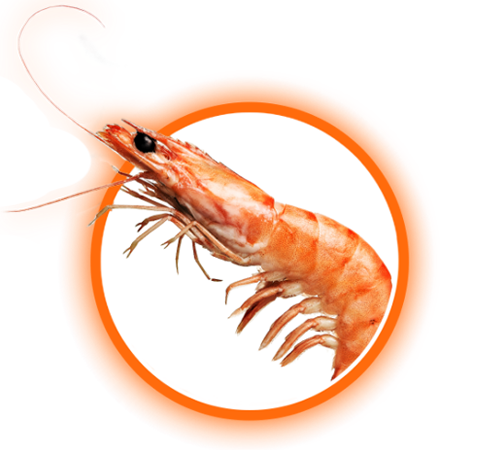Select Your Species
 Poultry
Poultry
 Swine
Swine
 Dairy
Dairy
 Aquaculture
Aquaculture
Select Your Species
 Poultry
Poultry
 Swine
Swine
 Dairy
Dairy
 Aquaculture
Aquaculture
The poultry industry suffers significant economic loss due to bacterial enteritis, most commonly, necrotic enteritis. The causative agent of necrotic enteritis, C. perfringens, produces toxins that can be 100,000 times more toxic to a bird than mycotoxins. Dietary mycotoxins intensify the effects of bacterial toxins and further reduce bird performance.
Bacterial Toxins: Exotoxins and Endotoxins
Bacterial pathogens produce exotoxins and release them into the intestinal environment, while endotoxins (e.g., lipopolysaccharide, LPS) are released from the cell wall of gram-negative bacteria (like E. coli) when the bacteria die. Endotoxins can result in the host organism’s elevated temperature, tissue necrosis and, at high levels, death. The virulence of C. perfringens is due to its production of the exotoxins alpha-toxin and NetB toxin.
Bacterial pathogens in the gastrointestinal tract of dairy cattle can produce toxins that damage the protective intestinal barrier, reduce nutrient absorption and decrease cow performance.
Pathogenic Bacteria Release Powerful Toxins
Pathogens like E. coli and C. perfringens — causative agents of bacterial enteritis — can produce exotoxins that damage the function of the intestine. Dead gram-negative bacteria can also release endotoxins into the environment. Both of these toxin types can cause nutrient malabsorption and performance loss in dairy cattle.
Bacterial enteritis is a common condition of recently weaned piglets, due to intestinal and immune dysfunctions caused by the stress of weaning. Bacteria-produced toxins damage intestinal health and function which reduces pig performance and causes significant financial loss for producers.
Bacterial Toxins: Exotoxins and Endotoxins
Enterotoxigenic E. coli (ETEC) and Clostridioides difficile (formerly known as Clostridium difficile) are often the causative agents of bacterial enteritis in swine, and both produce exotoxins as part of their virulence package. Gram-negative bacteria (like ETEC) also release endotoxins (e.g., lipopolysaccharide, LPS) from their cell wall when they die. These exotoxins and endotoxins damage the intestinal lining, causing diarrhea and, at high levels, death.
Farmed aquaculture such as shrimp, tilapia and salmon are susceptible to the same bacteria-related production losses as land animals. For example, exotoxins secreted by Vibrio parahaemolyticus cause early mortality syndrome in shrimp, which costs the industry billions of dollars annually.
V. parahaemolyticus Toxins Target the Hepatopancreas
V. parahaemolyticus can compromise the digestive system of shrimp when its toxins proliferate in the gut and then enter the hepatopancreas to destroy this vital organ.

